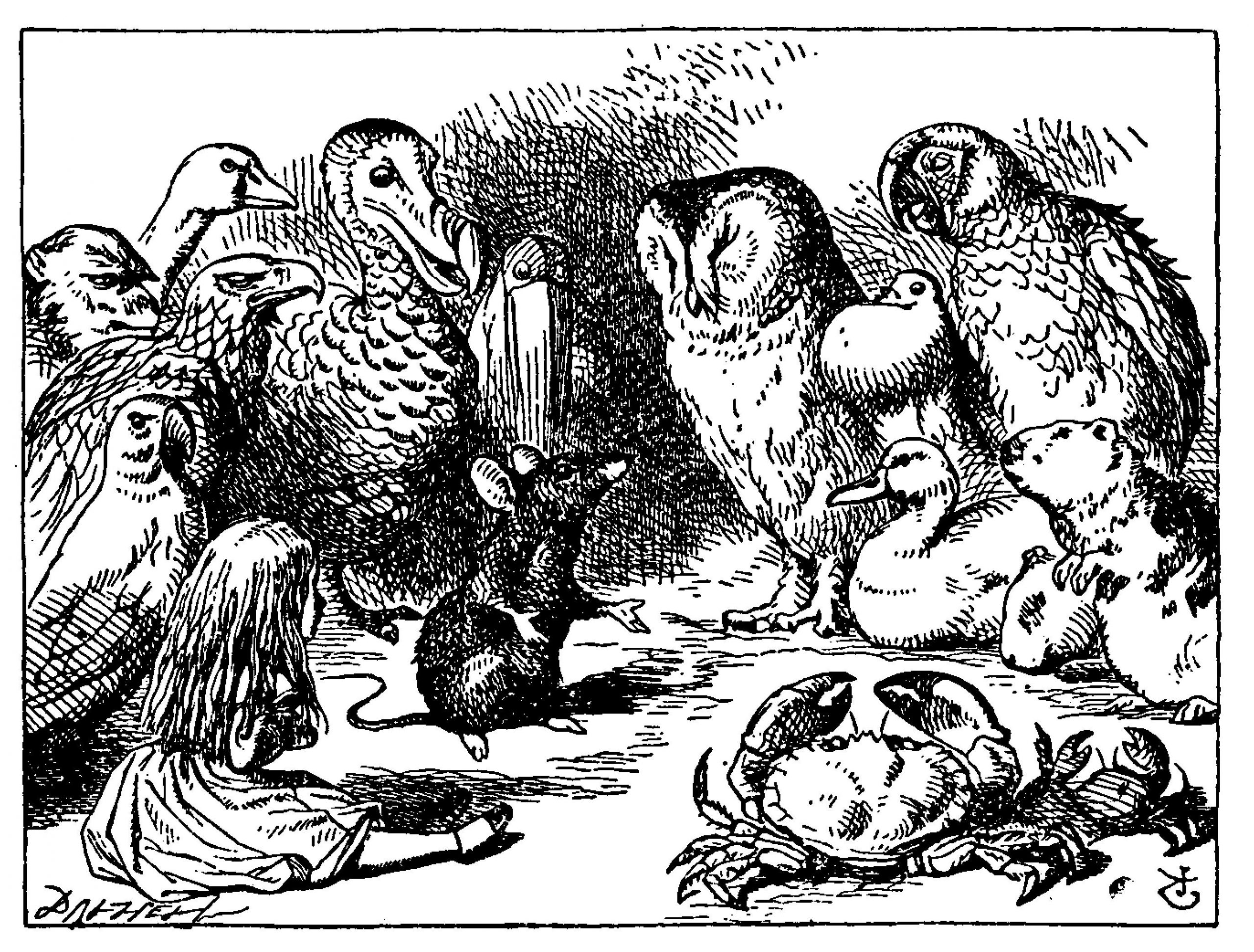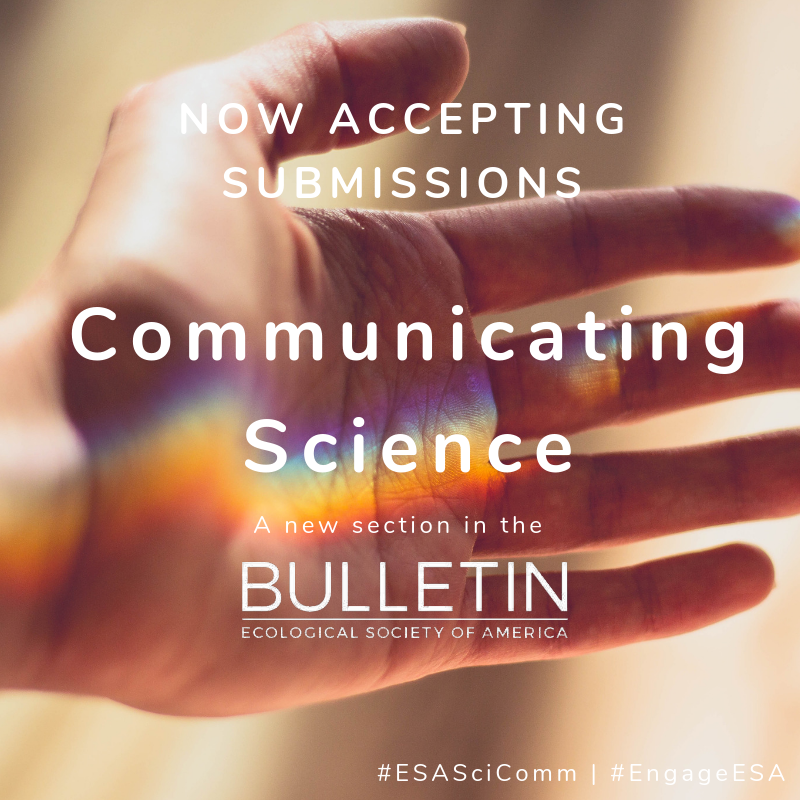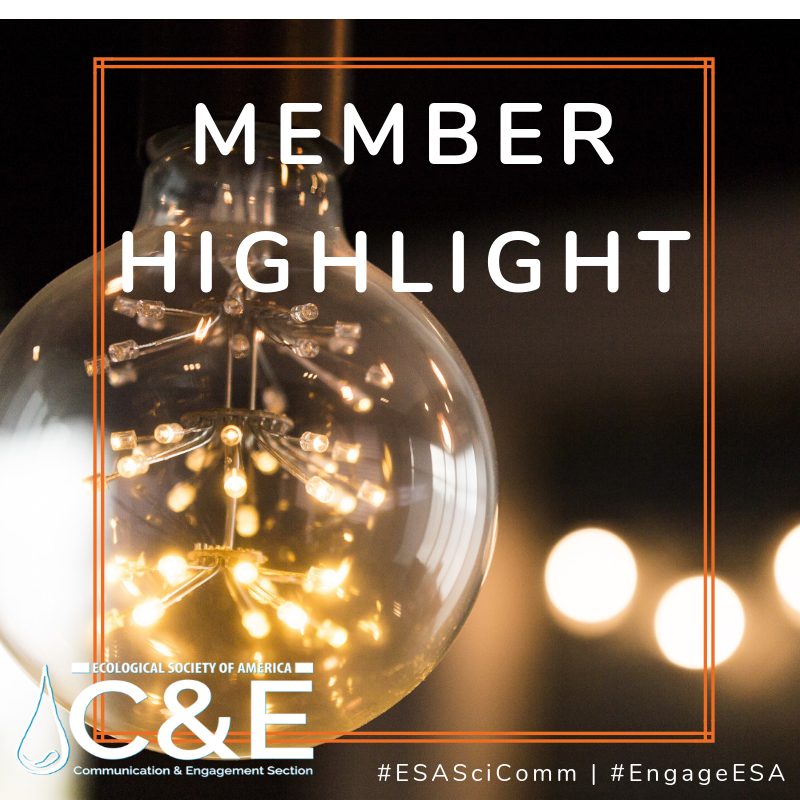
Resource of the Week: Utilizing Social Media in the Classroom
LSU’s Science Communication Specialist, Dr. Paige Jarreau, shares advice about using social media in the classroom. Excerpt: “In college classrooms, faculty of all fields try to find new ways to engage students and help them gain more experience communicating in the science world. Some of them turn to social media. Science Communication Specialist for LSU College of Science Dr. Paige Jarreau utilizes…









![Resource of the Week: Taking a Critical Look at Compelled Disclosure of College Sexual Assault [content warning] Screenshot of article; follow links for full text](https://www.esa.org/communication-engagement/wp-content/uploads/sites/86/2019/02/Capture-14.jpg)






